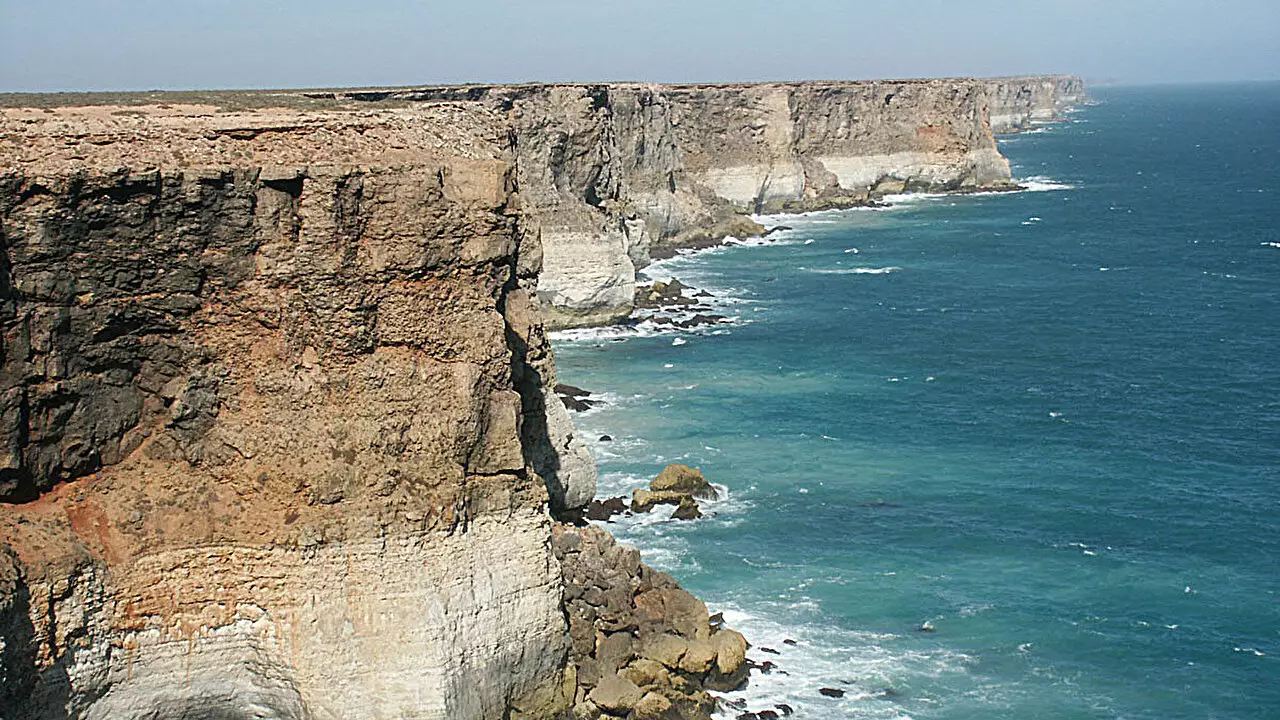The movement of tectonic plates has long been known to shape the rocky features of Earth’s surface, but there is a lesser-known factor at play – the influence of the mantle. While it is often overlooked, the mantle layer underneath the Earth’s crust exerts its own subtle influence on the topography of the planet.
Stephenson and his colleagues conducted a study to better understand how the mantle affects topography. They compiled two new databases – one with measurements of crust thickness and seismic velocity, and the other containing laboratory analysis of seismic velocity as a function of temperature, density, and pressure. By analyzing these measurements, they were able to identify residual topography caused by differences in the temperature and chemical structure of the mantle.
The researchers found that the mantle can cause swells and basins in the landscape, independent of the movement of tectonic plates. These features can rise or fall by up to 2 kilometers and stretch for hundreds to thousands of kilometers within the interior of plates. Some of the highest swells were identified in regions like the Afar-Yemen-Red Sea region, western North America, and Iceland, while the deepest basins were found near the Black, Caspian, and Aral seas, as well as in the East European Plain.
This pattern of swells and basins influences the locations where significant erosion and sedimentary deposition occur. These topographical features develop slowly over millions of years and play a crucial role in controlling important geological processes on Earth. The researchers believe that these findings could help explain the existence of magmatism found far from plate boundaries and aid in understanding the effects of flow in Earth’s mantle on the surface over geologic time.
The mantle’s influence on Earth’s topography is a complex and often overlooked aspect of the planet’s geological processes. By studying residual topography caused by differences in the mantle, researchers are gaining a deeper understanding of the forces at play beneath the Earth’s surface. This research not only sheds light on the formation of various landforms but also provides insights into the long-term geological processes that shape our planet.


Leave a Reply